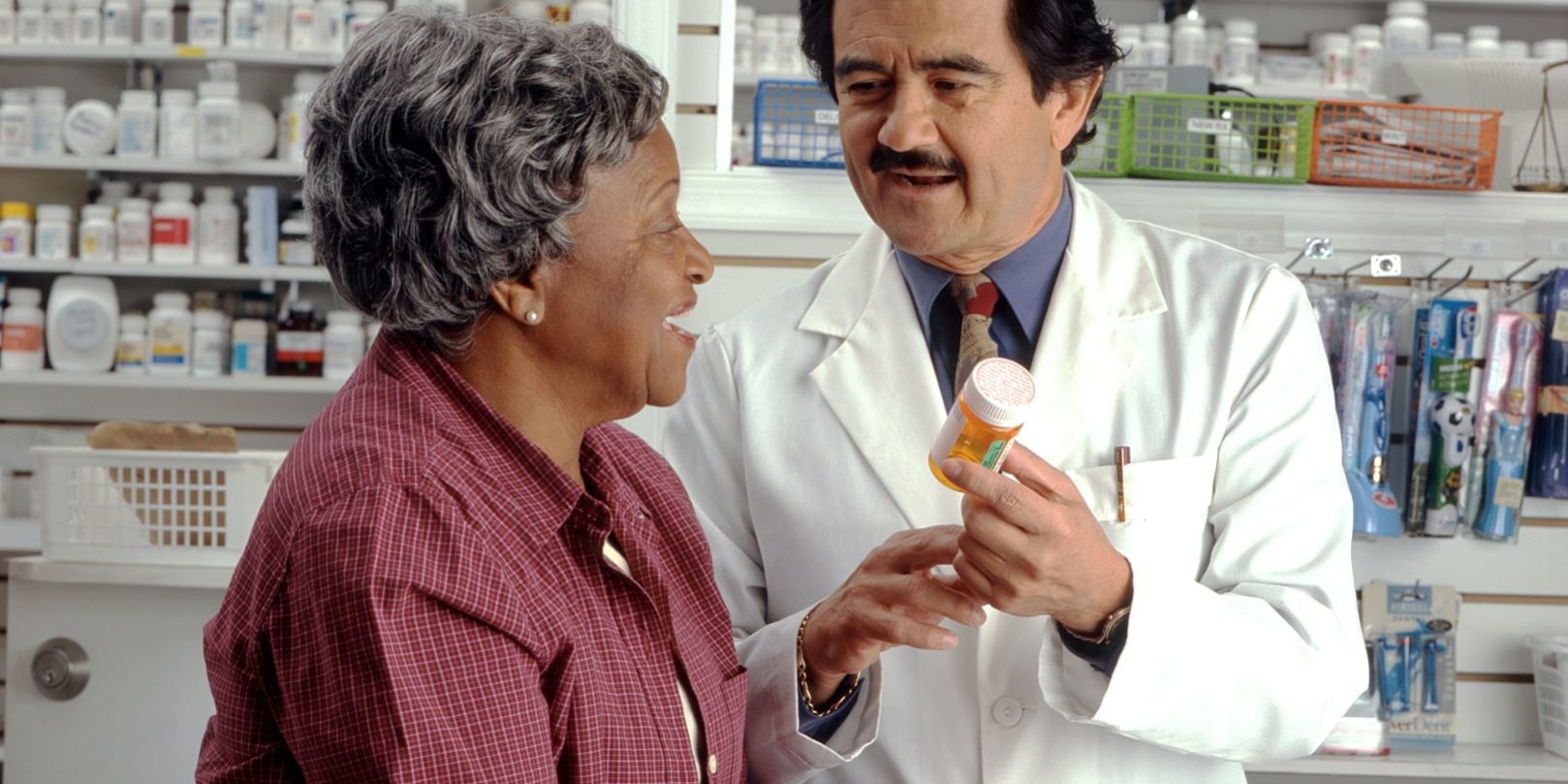Once you qualify for Medicare, you have some choices regarding paying for prescription drugs out-of-pocket drug costs. Basic Medicare (Part A and B) does not cover prescription drug costs (except in the case of injectables given by a professional). You will have to either pay out of pocket, arrange outside coverage, or buy coverage via Medicare Part D or as part of a Medicare Advantage plan (Part C).
You will have to pay premiums in order to get coverage under Part D or Medicare Advantage. If you are low-income, you may qualify for a reduced premium, or assistance with copays for medications. If you do not enroll in a Part D plan while enrolling in a Medigap or Medicare Supplement policy, when you are first eligible, you will incur a lifetime penalty, and your enrollment into Part D could be delayed.
Ultimately, the costs you pay out of pocket will depend on:
- The drugs you use, and whether you opt for generics, when available.
- Whether those drugs are listed on your plan’s formulary.
- Your plan itself, and its premiums.
- Whether you qualify for reduced premiums or other subsidies or assistance.
Some medications cost hundreds of dollars per dose, and occasionally even more, so without drug coverage you run the risk of paying a significant portion of these costs if you need prescription drugs or forgoing up forgoing important treatments altogether if they are too expensive. Not to mention that each month you go without Part D coverage you accrue a penalty that builds up and lasts a lifetime.
Medicare Part D can be broken down into these phases:
The Deductible Period
Some Medicare Part D plans have a deductible, which is what you must spend on covered drugs before your Medicare drug plan coverage kicks in. Many plans do not make you meet the deductible for generics. (Some plans Tier 1 only, some it is generics within Tier 1 and Tier 2). The maximum deductible allowed by law in 2022 is $480 for the year. Deductibles will vary from zero to $480.
For example, if you have a Part D plan with a $200 deductible, you’re required to pay the first $200 of costs for covered drugs in a calendar year out of your own pocket. Once you meet your deductible, your Part D plan helps pay for all covered drugs for the remainder of the year. Again, most plans do not make you meet this deductible first in order to help you pay for generics, and in most cases you will still have copays for your medications.
The Initial Coverage Period
After you meet your Part D deductible, you enter the initial coverage period. During this phase, you pay a copayment for each covered prescription. Many plans will feature different copayment amounts for generic and brand-name drugs. You can check with your plan formulary (drug list) to learn more about what your costs might be for different drugs. Generic drugs are typically on a lower tier and have lower costs than brand-name medications, which are typically on a higher tier.
A copay is a set amount you must pay with each new prescription after you have met your deductible. Each plan has a different copay amount for each particular medication. Many generics have a $0 – $4.00 copay. For non-preferred generics or name brand you will have higher copays. Some medications on Tier 3-5 can get quite expensive.
The donut hole
Once you and your plan combined have spent $4,430 during the calendar year in 2022, you enter the coverage gap, during which pay a coinsurance (or percentage of the real cost of the medication). This coverage gap is sometimes called “the donut hole.” Starting in 2020, Medicare Part D plan beneficiaries pay 25% of their brand-name and generic drug costs (33% for specialty drugs) while they’re in the coverage gap. The coverage gap does not apply to some lower-income individuals who qualify for a State Health Insurance Assistance Program (SHIP).
Catastrophic coverage
The donut hole ends when you have spent $7,050 on medications in 2022. You then enter the final phase of Part D coverage, called catastrophic coverage. During the catastrophic coverage phase, you only pay a small coinsurance or copayment for your covered prescription drugs for the remainder of the year.
How to lower costs
You may be able to lower costs by using generics rather than name-brand drugs, by choosing a plan that has more coverage if you enter the coverage gap, using a pharmaceutical assistance program. There are also medication specific assistance programs.
*If you have an insurance need, we have a solution. We provide solutions for home & auto, health and Medicare insurance, life & dental coverage, employee benefits and commercial insurance. Give us a call at 803-286-1161.








